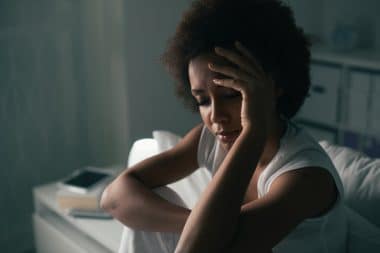Most of us probably do not conform to a sleep protocol, or even know what one might look like. However, the National Sleep Foundation has taken it upon themselves to create guidelines that can help indicate if your sleep conforms to a healthy pattern. Specifically, more than 75% of time in bed should be used for the specific function of sleeping. Sleep should happen, on average, within a half an hour after getting into bed. Sleep interruptions should be of no more duration than a third of an hour and occur no more than once to qualify the sleeper as having a healthy sleep modality. Unfortunately, were these guidelines to be implemented in the form of a test, many of us would not pass. Many people, for example, take much longer than a half hour to fall asleep after their initial going to bed. And that is, of course, only one of the protocols many of us are apt to do poorly in. However, as with most types of testing do-overs are permissible. And with guidelines devised to give sleepers and sleep disorder researchers an idea of what they should be shooting for and looking to see, progress can hopefully be made.
Key Points:
- 1The key indicators include: sleeping at least 85 percent of the total time spent in bed; falling asleep within 30 minutes or less; waking up no more than once a night; and being awake for 20 minutes or less after initially falling asleep.
- 2The National Sleep Foundation report also outlined research needed to identify and describe more indicators of good sleep quality among people of all ages.
- 3Foundation researchers said that 27 percent of people take longer than 30 minutes, on average, to fall asleep.
The key indicators include: sleeping at least 85 percent of the total time spent in bed; falling asleep within 30 minutes or less; waking up no more than once a night; and being awake for 20 minutes or less after initially falling asleep.
Read the full article at: https://medlineplus.gov/news/fullstory_163341.html








Reply